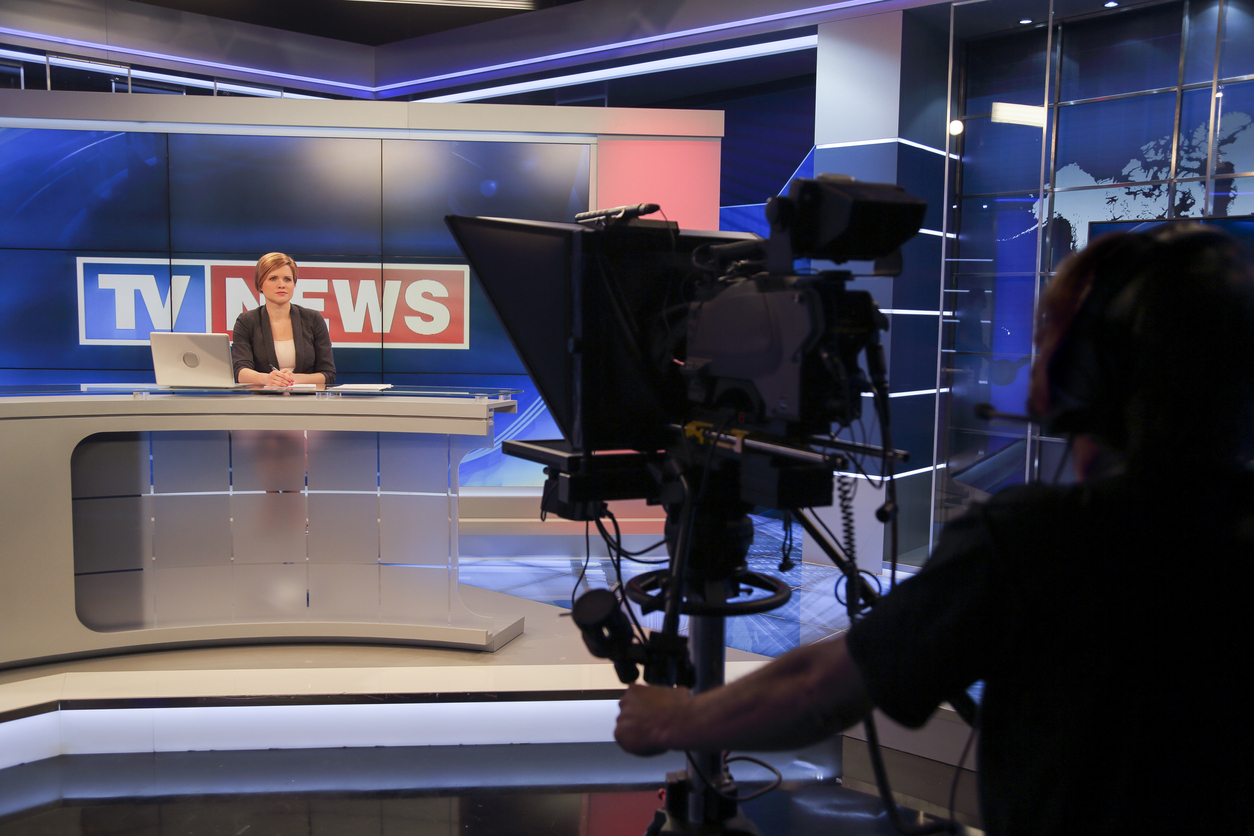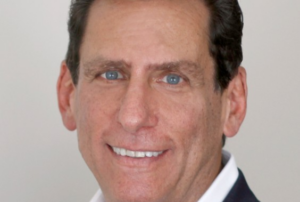Broadcast news has a measurement problem. PR pros should learn from it.
A recent episode of Jon Stewart’s new Apple TV show suggests that the big cable outlets might not have great numbers about their real engagement.

When thinking about media measurement, there is a risk that your numbers aren’t worth the paper they are printed on.
Even for savvy operators who have abandoned advertising value equivalents and other tools that fail to show the real value of PR, the numbers can be skewed. Or even meaningless.
It’s a point that was driven home on a recent episode of Jon Stewart’s new program “The Problem with Jon Stewart” on Apple TV. In an episode examining the news media, Stewart skewered the outdated ratings model broadcasters try to understand what their audience is interested in.
The problem, according to Stewart, is that ratings still rely on the Nielsen model, where survey takers stand in for the entire national viewership of television programming. This often-unrepresentative data is then packaged into even smaller chunks, minute by minute, showing how audiences are tuning in or tuning out.
At one point, Stewart seems surprised when O’Brien informed him that cable news producers see “minute by minute” ratings so they know what stories and topics stoke outrage.
“You get a minute-by-minute ratings printout at CNN?” he asks her. She responds: “Everywhere. Not just at CNN. You can tell what story was I in when the ratings went up.”
Stirewalt, who was fired from Fox News last year after he backed the network Decision Desk’s election-night call of Arizona going for Joe Biden, said, “Social media provides a morphine drip for these producers to keep them like, ‘OK, we’re in the zone. This is what the people want.’”
It’s a problem, because the smaller chunk of data purports to be an ever more accurate measure of what audiences care about, every minute of the broadcast. But one of Stewart’s guests rebuffs this calculus.
“You’re looking at data that is already incredibly flawed,” says Sean McLaughlin, vice president of news at E.W. Scripps. “Now you take that data and you start spicing it up…you take bad data, you make it smaller, more focused — you got nothing.”
Why this matters for PR pros
The example of minute-to-minute reports from broadcast TV is a reminder for PR pros of the perils of attention metrics, audience surveys and other tools for indicating true audience response.
These data tools provide a picture: a subset of viewers who responded a certain way, or an educated guess about how an overall population might behave. But they can be deeply flawed and require boatloads of context to make a convincing business case.
Plenty of tools have cropped up in recent years to help PR pros measure their efforts. Social media listening tools and artificial intelligence have allowed a more comprehensive view of huge amounts of data to offer better models and clearer pictures of audience sentiment.
But no model can overcome bad data — a truth that has been reestablished by errant polls in the last two presidential elections in the U.S.
That’s why industry standards like the Barcelona Principles — the gold standard for comms measurement — emphasize outcomes over outputs. In the latest update to the Barcelona Principles, the third principle states: “Outcomes and impact should be identified for stakeholders, society, and the organization.”
Yet, PR pros continue to obsess over which metric is the correct measure to judge the efficacy of their campaigns. It’s a bad tendency that leads communicators to try to guess what might be in a customer’s head rather than measure what actions customers are taking.
What you should measure
Outcomes can be a wide range of things, from sales and revenue to a company’s connection to its community, workforce and environment. But it is up to the PR campaign to choose something that is measurable and unmistakable as its goal.
As measurement expert Sunita Menon wrote for PR Daily:
Data-driven PR/communications cannot be about justifying existence, seeking additional budget — and not measurement for the sake of it. It must be designed and implemented as a strategic method for deriving insights to business questions and thereby influencing outcomes.
A PR/communications professional is always a business professional first, before they are an expert in copy writing, crisis communications, content management, employee communications etc., and therefore must approach data-driven ways of working with a business mindset.
And what you choose to measure is a reflection of what you value as an organization. That’s the clear message from Katie Paine, PR Daily Leadership Network’s measurement coach, who recommends measuring:
- Percentage of your stakeholders that find you trustworthy. Let’s start with trust — we’ve known how to measure it for a decade or more — and never has trust been more important to an organization. Whether it is getting people to trust you enough to heed your safety warnings, get vaccinated, come into your store or restaurant, or forgive you for your mistakes, you need to know if you have sufficient amounts of trust so that people will pay attention to what you say.
- Percentage who find what you say credible. Credibility is trust’s younger sister. People may not know you enough to trust you but could still find you credible. Just ask a hundred startup life science companies that have no track record but have enough credibility to raise millions in venture capital.
- Percentage who perceive your actions to be authentic. For a consumer-facing brand today, authenticity is key to acceptance. A generation raised on paid influencers have little patience for big brands that come across as green- or woke-washing.
Even titans of the attention economy — 24/7 cable news outlets — aren’t very good at measuring the real impact of their work, according to experts. For PR pros looking to make a difference, focusing on awareness won’t be nearly enough.







